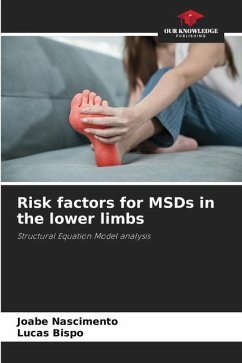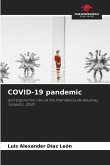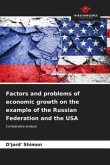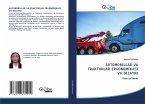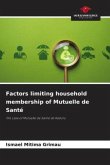MSDs refer to a set of injuries to muscles, nerves, tendons, and joints, and can affect various parts of the body. However, there is a lack of studies addressing these perspectives in the lower regions. This study aimed to investigate the relationship of risk factors on lower limbs (thigh, leg, and foot) by applying structural equation modeling (SEM). A sample size of 420 workers was used. The data collected were related to four factors: sociodemographic, occupational, biomechanical, and psychosocial. Using the results of the logistic regression models that influence the development of MSDs, the most significant factors were weighted for the construction of the structural equation model (SEM). It can be concluded that the results pointed to significant links between the risk factors and their influence on the perceived symptoms of MSDs by lower limb workers. The hypotheses raised confirmed the multifactorial origin of the causers (risk factors) of thigh, leg, and foot pain, providing an understanding of the complex relationship between risk factors in the workplace.
Bitte wählen Sie Ihr Anliegen aus.
Rechnungen
Retourenschein anfordern
Bestellstatus
Storno

